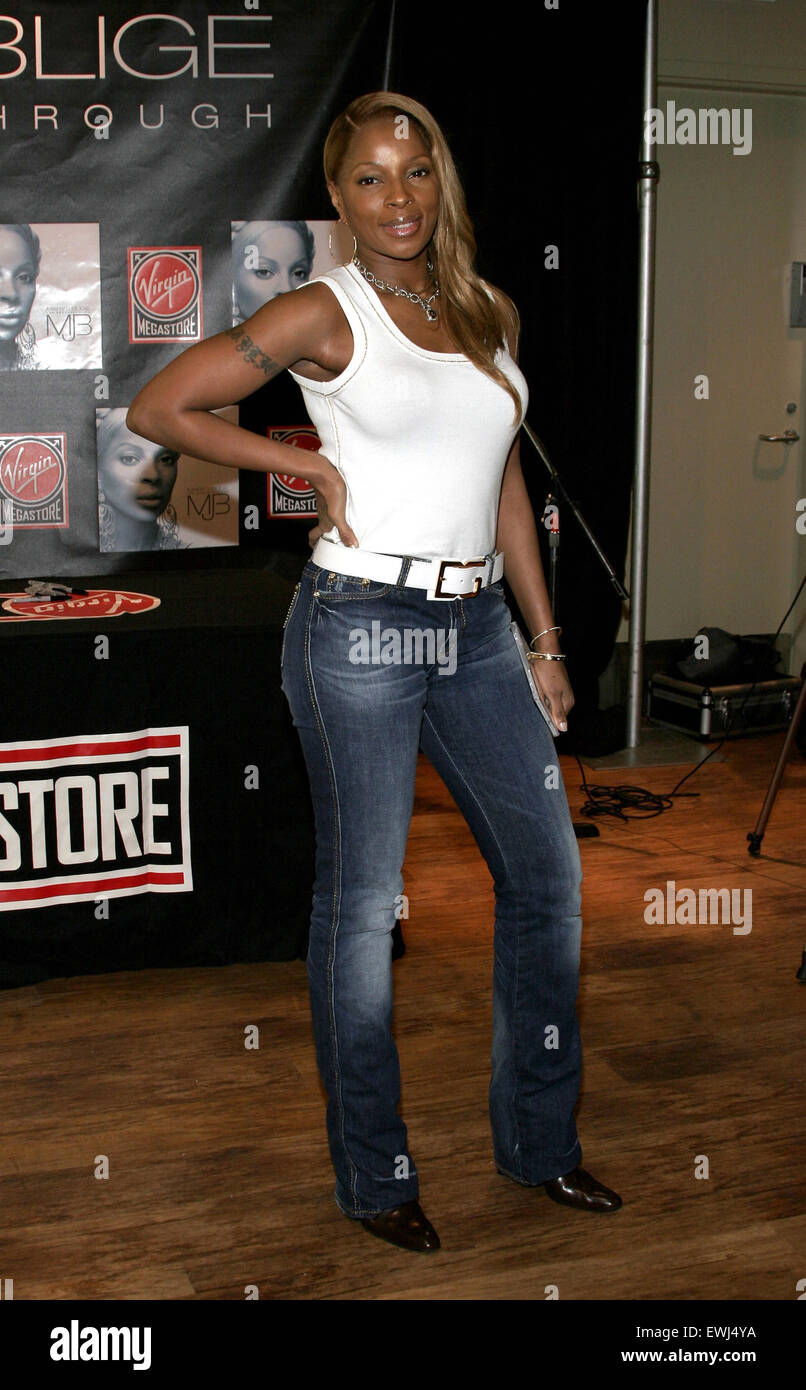


Never afraid to reshape the direction of her sound, the Queen of Hip-Hop Soul latched herself onto the strict R&B movement and released an aesthetic collection of 14 songs that adhered to the adult contemporary soul framework.

Singers like Maxwell, Erykah Badu, Eric Benét, Angie Stone, and Donell Jones, were blazing the trail for this revitalized wave of R&B. The request for more soulful and meaningful songs was at an all-time high. R&B had evolved, and artists were moving away from the New Jack Swing and urban soul arrangement palette and fusion of catchy melodies and hooks. They loved it for what it was, so it kept her in a box.”īlige’s decision to liberate herself from her hip-hop reference point came at the right time. “The people in hip-hop loved what they were hearing, but they couldn’t discern it was the greatness that could be R&B, jazz, and everything else. “The reason why we were dealing with those criticisms were people who loved R&B saw her ushered in as a hip-hop vehicle,” says Burrowes. She wasn’t trying to prove her singing style to herself, but to critics who consistently put her distinctive voice under scrutiny. “The Mary album was supposed to break her out, establish that she could straddle any genre, still be herself and reach her audience,” Kirk Burrowes, executive producer of Blige’s fourth album, exclusively tells Rated R&B.īlige made a point on Mary to challenge herself to inhabit the songs and render them with more vocal depth.

Mary was intended to introduce Blige as a supreme presence in the music realm that could shift her artistic thinking and deliver another quintessential album. Much deeper, Mary also served as an aspirational plane for Blige to position herself as more than a hip-hop entity who had built her career on street-styled R&B with legacy soul samples.


 0 kommentar(er)
0 kommentar(er)
